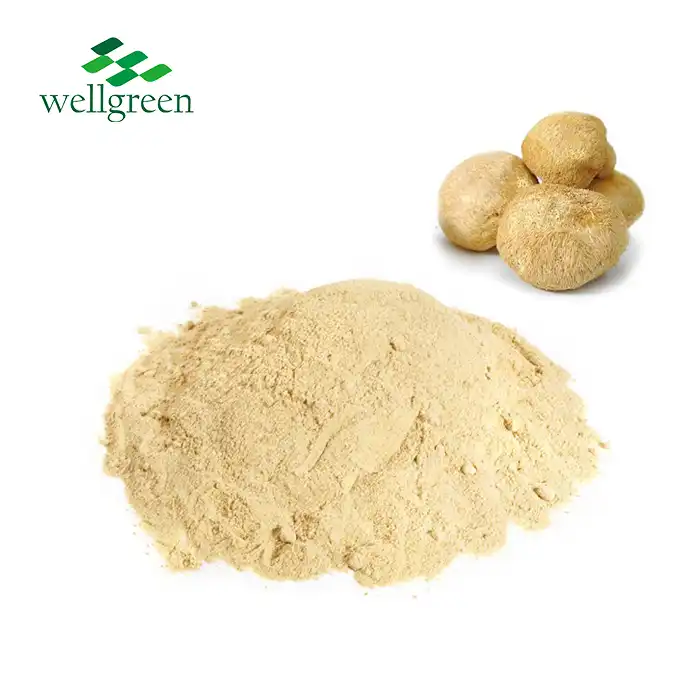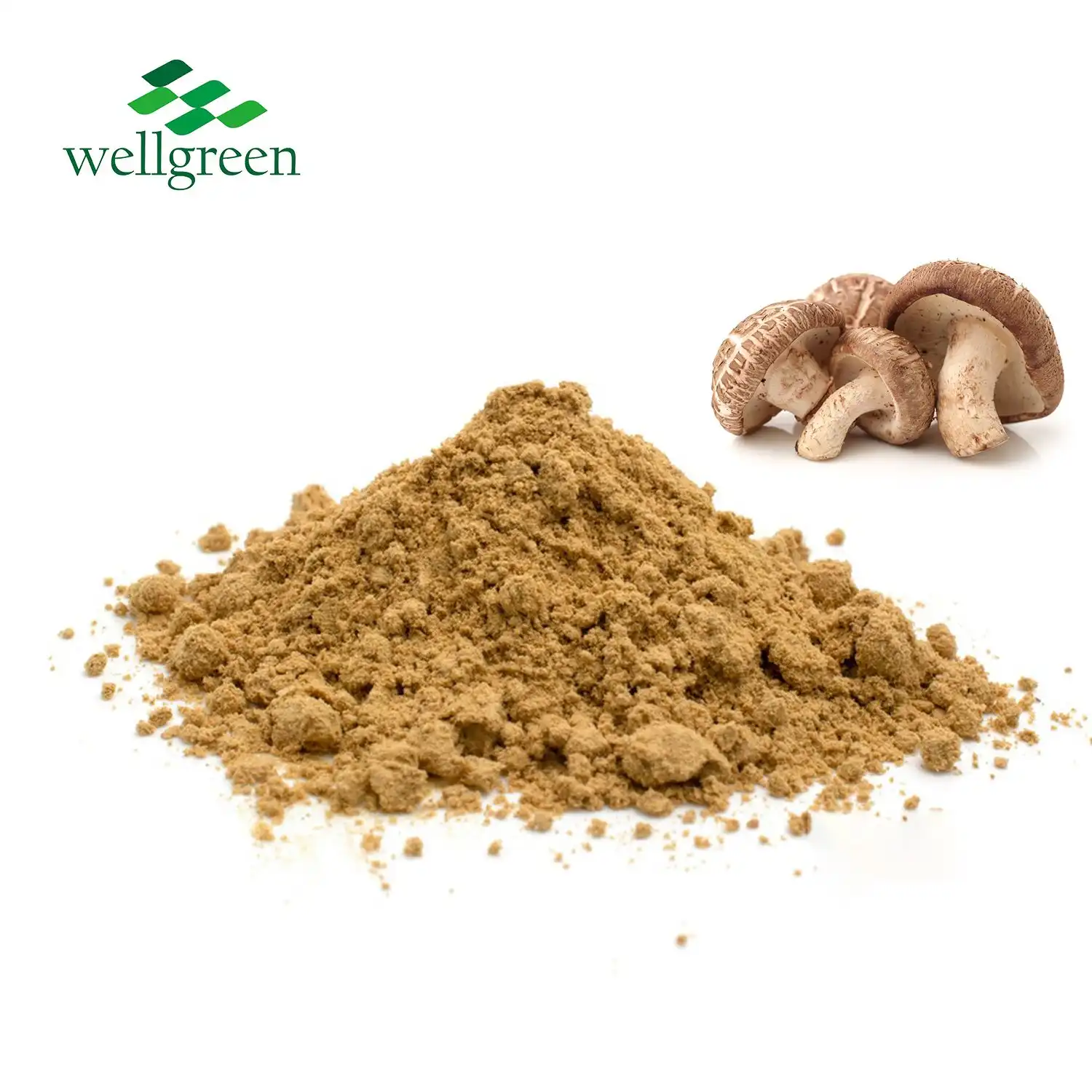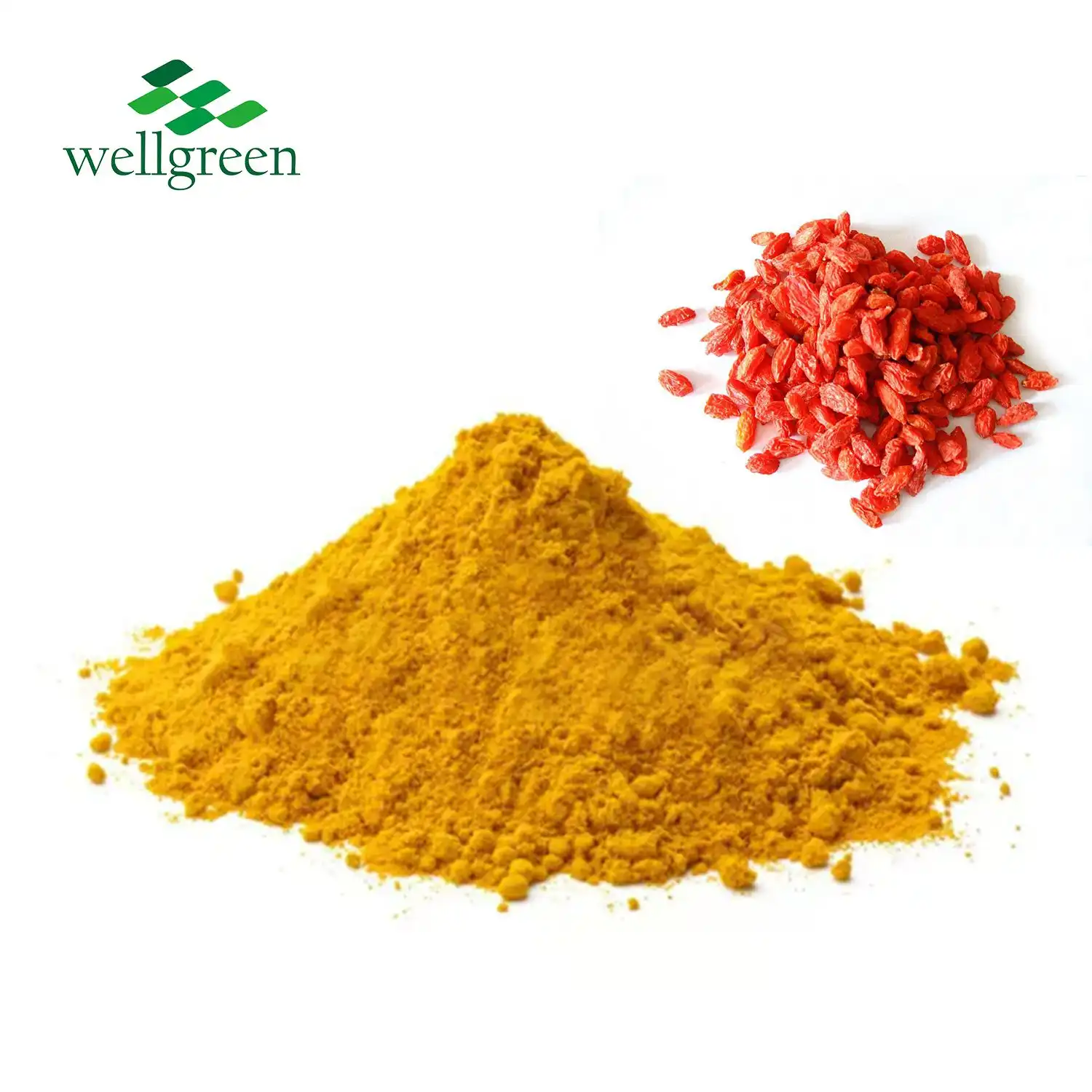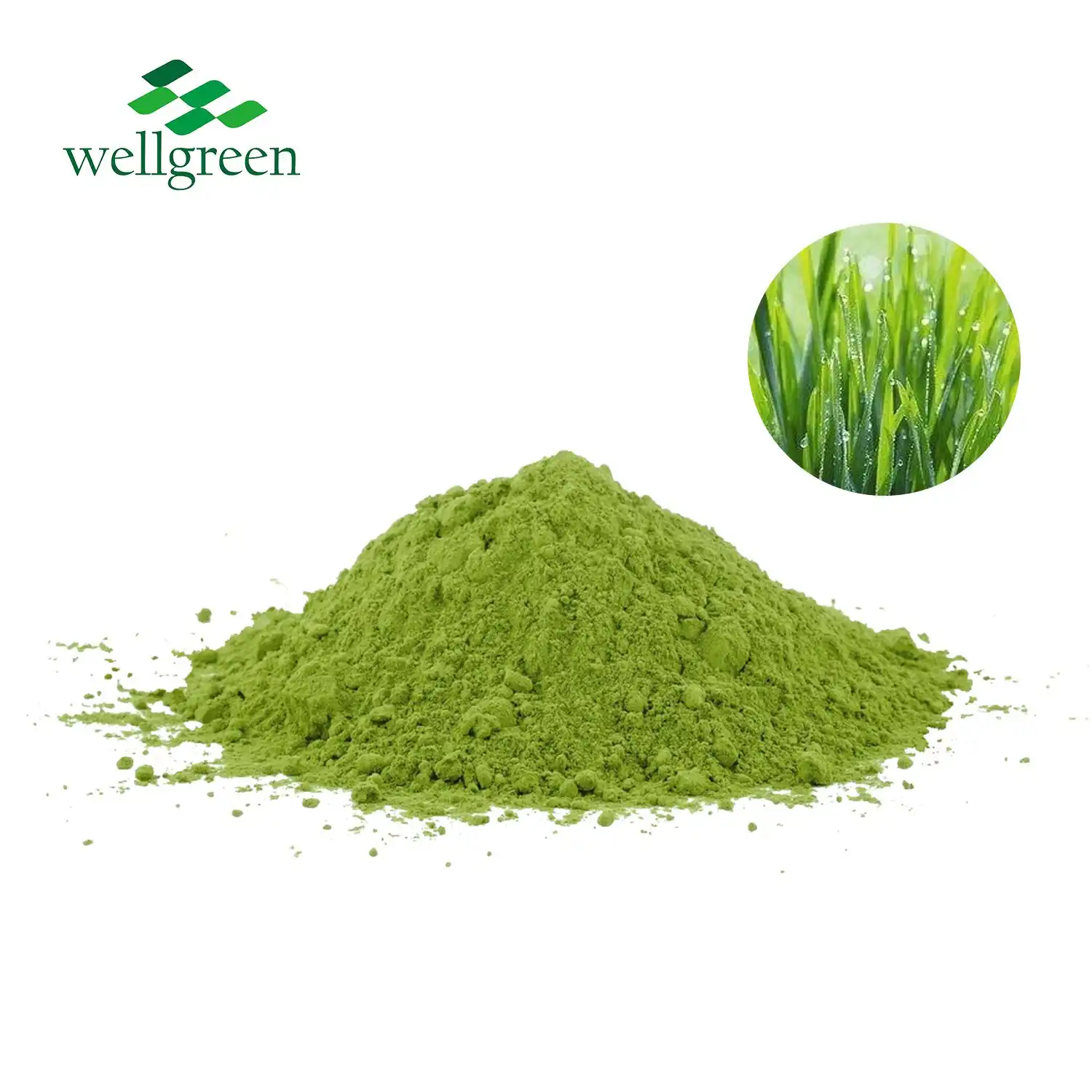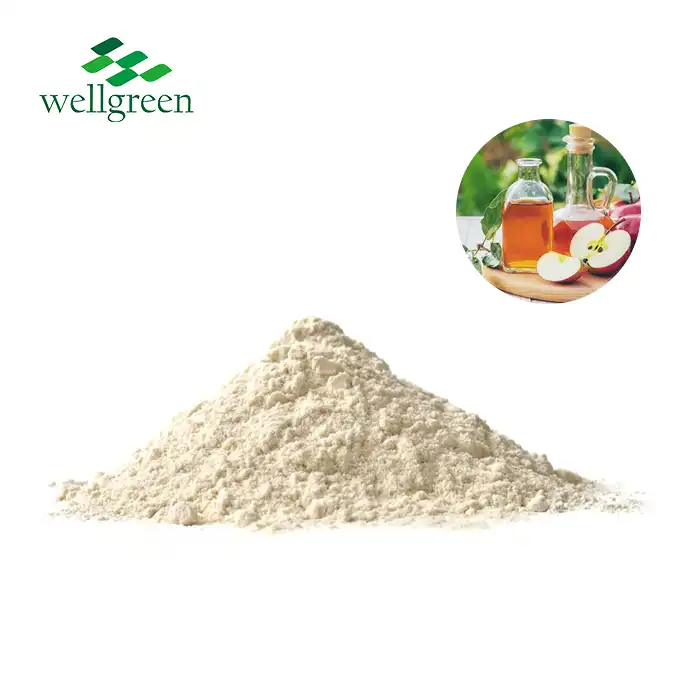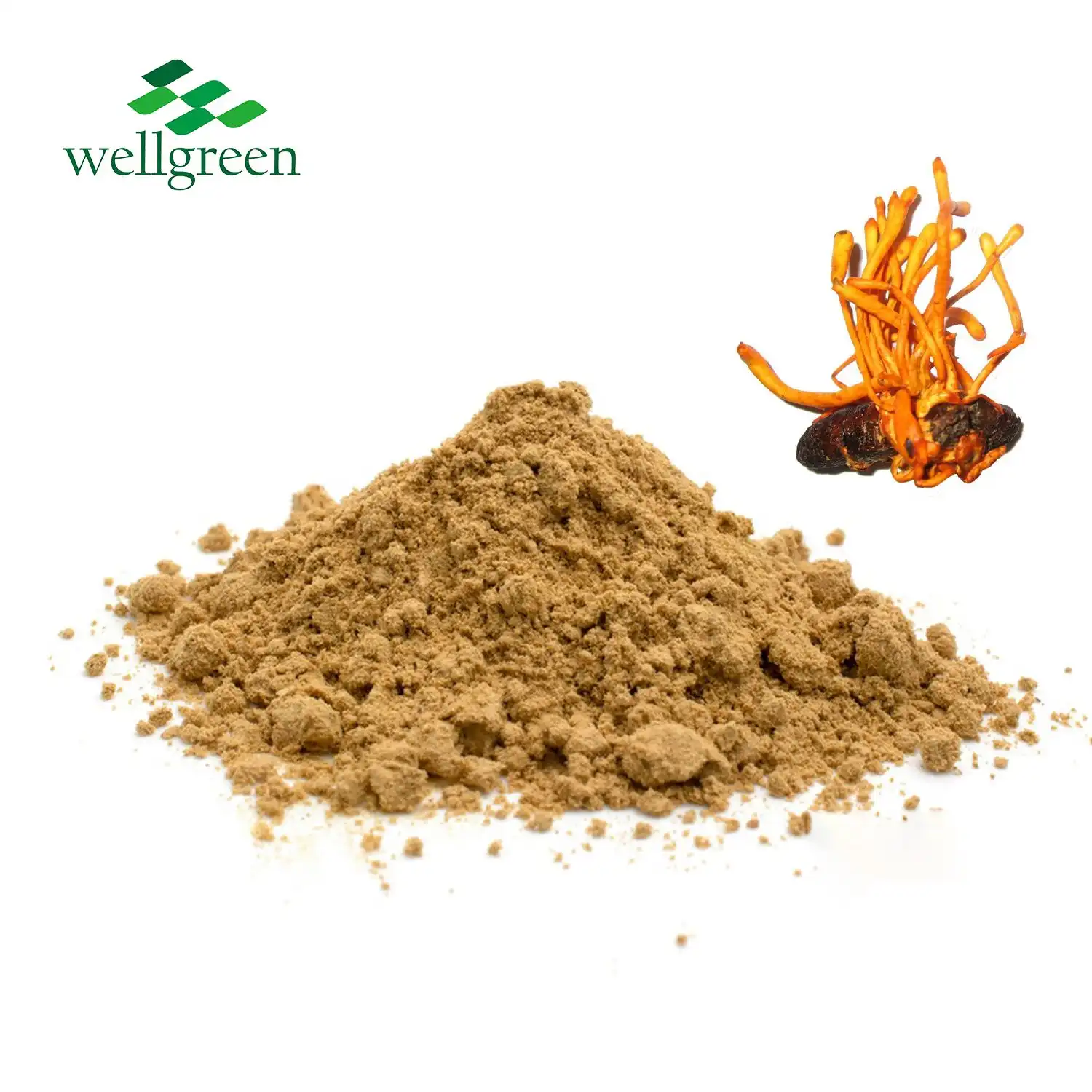Why Organic Chamomile Extract Powder is Worth Buying?
2025-07-17 13:59:50
Organic chamomile extract powder is a worthwhile investment for those seeking natural wellness solutions. This potent extract, derived from chamomile recutita flowers, offers a myriad of health benefits, including stress relief, improved sleep quality, and digestive support. Its organic certification ensures purity and potency, free from harmful pesticides and contaminants. The concentrated nature of the extract provides a more powerful dose of chamomile's beneficial compounds compared to traditional tea. Moreover, choosing organic supports sustainable farming practices and ecosystem health. Whether you're a health enthusiast or a natural product manufacturer, organic chamomile extract powder delivers superior quality, efficacy, and peace of mind, making it a smart choice for your wellness routine or product formulations.

How is Organic Chamomile Cultivated and Processed?
Sustainable Farming Practices
Organic chamomile cultivation embraces sustainable farming methods that prioritize soil health and biodiversity. Farmers employ crop rotation techniques to maintain nutrient-rich soil and prevent pest infestations naturally. They eschew synthetic fertilizers and pesticides, instead relying on composting, green manures, and beneficial insects for plant nutrition and protection. This holistic approach not only yields high-quality chamomile but also supports the surrounding ecosystem.
Harvesting at Peak Potency
The timing of chamomile harvest is crucial for maximizing the plant's therapeutic properties. Skilled farmers meticulously monitor the chamomile flowers, waiting for the perfect moment when the blossoms are fully open but not yet fading. This typically occurs in the early morning hours when the essential oils are most concentrated. Hand-picking ensures only the finest blooms are selected, preserving the delicate compounds that give chamomile recutita flower extract its renowned benefits.
Gentle Processing Techniques
After harvest, the chamomile flowers undergo careful processing to transform them into potent extract powder. The flowers are quickly dried at low temperatures to preserve their volatile compounds. Once dried, they're finely ground and subjected to a solvent-free extraction process, often using supercritical CO2 or water. This gentle method maintains the integrity of chamomile's active constituents, resulting in a pure, concentrated extract powder that retains the full spectrum of the plant's beneficial properties.
Purity, Potency, and Absence of Contaminants
Rigorous Quality Control Measures
Organic chamomile extract powder undergoes stringent quality control processes to ensure its purity and potency. Manufacturers employ advanced analytical techniques such as high-performance liquid chromatography (HPLC) and gas chromatography-mass spectrometry (GC-MS) to verify the presence and concentration of key compounds like apigenin and bisabolol. These methods also detect any potential contaminants, ensuring the final product meets strict organic standards.
Standardization for Consistent Efficacy
To guarantee consistent potency across batches, reputable producers standardize their chamomile extract powder. This process involves carefully adjusting the concentration of active compounds to meet predetermined specifications. Standardization ensures that each dose of the extract delivers a reliable amount of therapeutic components, allowing for more predictable and effective results in both personal use and product formulations.
Free from Harmful Residues
One of the primary advantages of organic chamomile extract powder is its freedom from harmful residues. Conventional chamomile farming often involves the use of synthetic pesticides and fertilizers, which can leave residues in the final product. Organic cultivation eliminates this risk, ensuring that the extract powder is free from potentially harmful chemicals. Regular testing for pesticide residues, heavy metals, and microbial contaminants provides further assurance of the product's purity and safety.

Sustainability and Consumer Trust in Certified Extracts
Environmental Stewardship
Choosing organic chamomile extract powder supports environmental stewardship. Organic farming practices promote soil health, conserve water resources, and foster biodiversity. By avoiding synthetic inputs, organic chamomile cultivation helps maintain the delicate balance of local ecosystems. This commitment to sustainability extends beyond the farm, influencing packaging choices and supply chain management to minimize the overall environmental footprint of the product.
Transparency in Production
Certified organic chamomile extract powder offers unparalleled transparency in its production process. Organic certification requires detailed record-keeping and regular audits, ensuring traceability from seed to final product. This openness builds consumer trust, allowing users to make informed decisions about the products they incorporate into their wellness routines. Many organic producers go beyond certification requirements, providing additional information about their farming practices and processing methods to further enhance transparency.
Ethical Considerations
The choice to purchase organic chamomile extract powder often aligns with broader ethical considerations. Organic farming typically supports fair labor practices and community development in agricultural regions. By choosing certified organic products, consumers contribute to a more equitable and sustainable food system. Additionally, many organic chamomile producers engage in fair trade practices, ensuring that farmers receive fair compensation for their crops and supporting the economic viability of rural communities.
Conclusion
Organic chamomile extract powder stands out as a superior choice for those seeking the highest quality natural wellness solutions. Its meticulous cultivation, processing, and quality control ensure a pure, potent product free from harmful contaminants. By choosing certified organic extracts, consumers not only benefit from the full therapeutic potential of chamomile but also support sustainable farming practices and environmental stewardship. The transparency and ethical considerations inherent in organic production foster trust and align with conscious consumer values. For these reasons, organic chamomile extract powder is indeed worth buying for both personal use and product formulations.
Contact Us
Ready to experience the benefits of premium Organic Chamomile Extract Powder? Contact Xi'an wellgreen at wgt@allwellcn.com to learn more about our high-quality, certified organic extracts and how they can enhance your wellness routine or product line.
References
1. Srivastava, J. K., Shankar, E., & Gupta, S. (2010). Chamomile: A herbal medicine of the past with bright future. Molecular Medicine Reports, 3(6), 895-901.
2. Zick, S. M., Wright, B. D., Sen, A., & Arnedt, J. T. (2011). Preliminary examination of the efficacy and safety of a standardized chamomile extract for chronic primary insomnia: A randomized placebo-controlled pilot study. BMC Complementary and Alternative Medicine, 11, 78.
3. Reuter, J., Wölfle, U., Weckesser, S., & Schempp, C. (2010). Which plant for which skin disease? Part 1: Atopic dermatitis, psoriasis, acne, condyloma and herpes simplex. JDDG: Journal der Deutschen Dermatologischen Gesellschaft, 8(10), 788-796.
4. Srivastava, J. K., & Gupta, S. (2009). Extraction, characterization, stability and biological activity of flavonoids isolated from chamomile flowers. Molecular and Cellular Pharmacology, 1(3), 138.
5. McKay, D. L., & Blumberg, J. B. (2006). A review of the bioactivity and potential health benefits of chamomile tea (Matricaria recutita L.). Phytotherapy Research: An International Journal Devoted to Pharmacological and Toxicological Evaluation of Natural Product Derivatives, 20(7), 519-530.
6. Sánchez-Ortuño, M. M., Bélanger, L., Ivers, H., LeBlanc, M., & Morin, C. M. (2009). The use of natural products for sleep: A common practice? Sleep Medicine, 10(9), 982-987.

